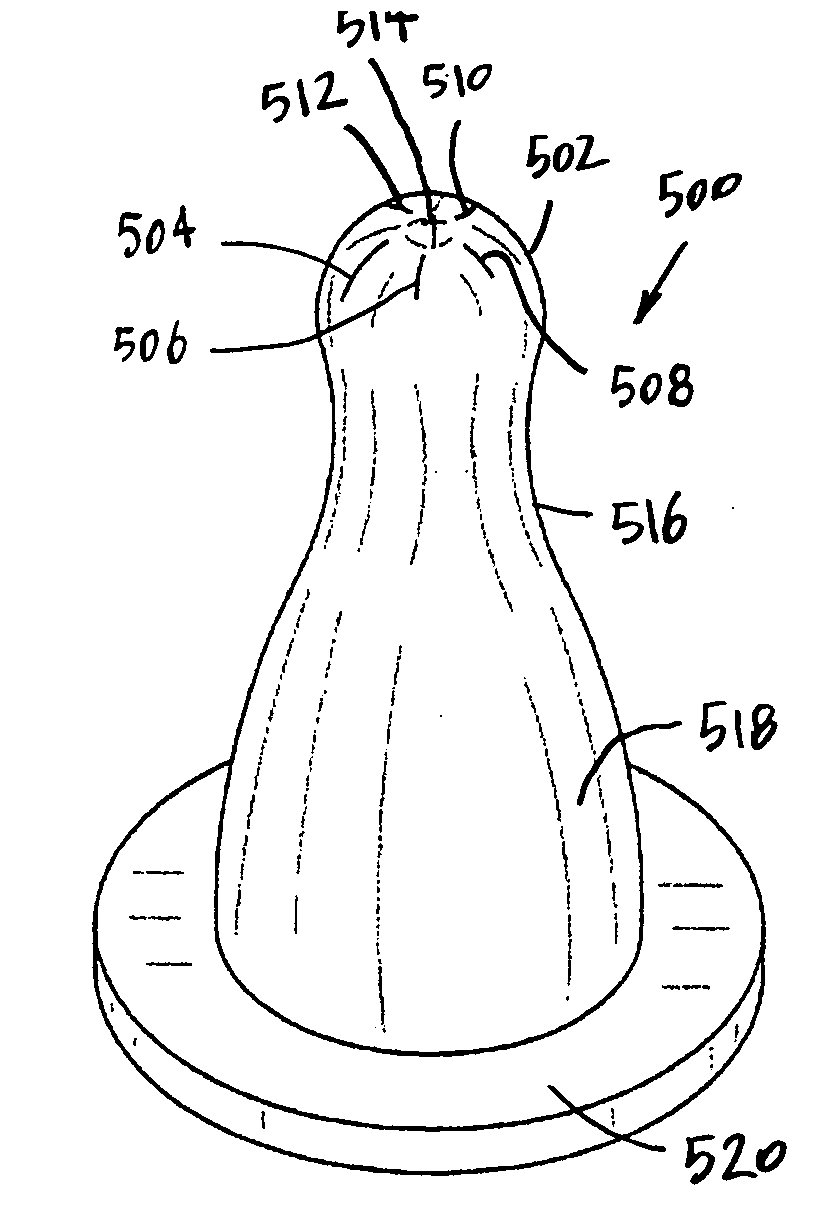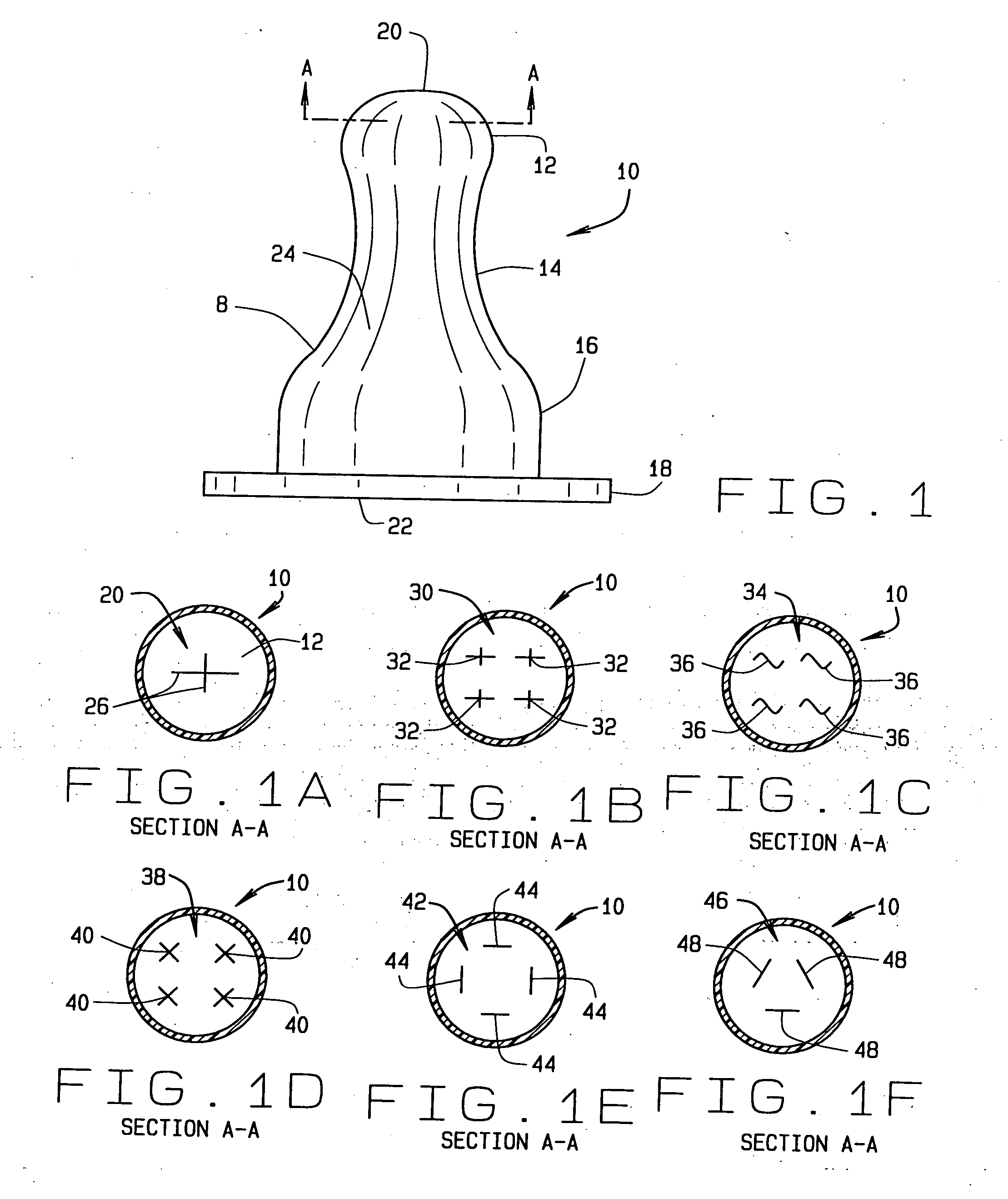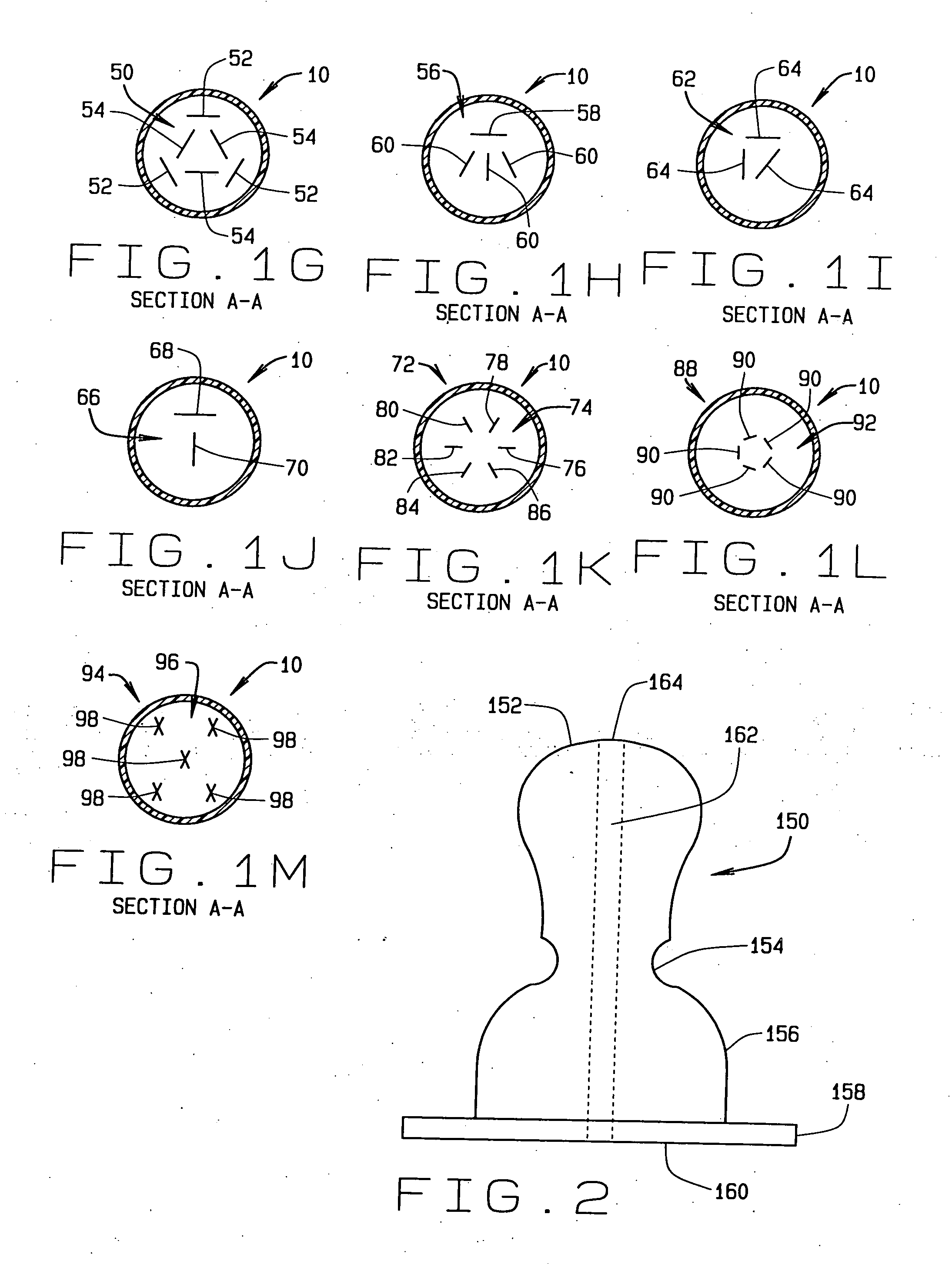Infants can lose a significant amount of water through their
skin and also through
respiration.
The feeding nipples frequently contain holes or other apertures for liquid delivery which are not exactly as advertised, causing further
feeding problems.
Some flow formula too freely and others require too much sucking.
Both can cause problems for the infant.
Apertures very frequently do not dispense at a predictable rate.
Dispensing of liquid may be inconsistent, too rapid, or too slow.
Delivery of liquid in such inconsistent rates is a problem when the liquid is being delivered to small infants and particularly to very small premature infants.
Frequently, especially with infants and
small children, the fluid from the container flows out too quickly and leads to
choking or spilling liquid on themselves.
If an infant uses a nipple that releases liquid too quickly then the infant can
choke or even aspirate the liquid.
This may lead to pneumonia or suffering other medical
sequela.
However, because the aperture of the dispensing mechanism is too small this may not be possible.
If a dispenser delivers a liquid
too slowly, then the user, particularly an infant, can suck so vigorously that air is ingested into the
gastrointestinal tract from around the dispenser or nipple during sucking, with adverse results.
If a nipple being used is found to be unsatisfactory, then the nipple must be changed and feeding has to be tried again.
In addition, infants also require changed feeding speeds frequently as they grow, and this can only be done through changing of nipples, on the
nursing bottles, through a
trial and error practice.
A common problem associated with the use of a nipple is the nipple collapsing during use or sucking by the infant.
However, nipple collapse with use of an artificial nipple can impede feeding and be frustrating for the infant.
Also, the nipple may easily be compressed, which results in the dispenser becoming unusable.
There are numerous problems encountered with these arrangements.
When current nipples and apertures are used, the flow characteristics of the nipple cannot be modified or adjusted by the infant.
Further, producing nipples having a uniformly very small aperture is extremely difficult.
The flow may be significantly too rapid with the slits orientated in one direction.
This is a particularly significant problem with newborns and smaller infants because they require controlled and controllable flow rates.
If the flow is too rapid, then they can
choke, gag, and aspirate the liquid.
On the other hand, if the flow is too slow, then they do not obtain enough nourishment.
The flow rate provided by these nipples is unphysiological for multiple reasons.
All of the known nipples have a negative pressure and dispensers do not ever allow the infant to control the flow.
In addition,
breast milk, which is an extremely valuable commodity, and formula, which is very expensive, are both sensitive and subject to nutritional breakdown, especially over time and if exposed to unphysiological amounts of elements, such as air.
In particular, air that is allowed into a container may degrade Vitamins C, A, E, and lipids, and may affect other essential components of
nutrition.
Also, nipple
confusion may easily occur typically due to collapsing nipples, excessive sucking pressures needed by the infant,
air entrainment through and around the nipple, vacuum not relieved by the nipple arrangement, irregular and unregulated fluid flow, and other etiologies.
This can cause abnormal mouth, including tooth, development, and ear and hearing problems with their attendant developmental delays, and also ear fluid and infections.
However, a hole that was imprecise very frequently resulted in feeding times that were significantly too long.
Further, if the hole was too large then the infant might
choke on the feeding liquid.
Also, the orientation of the nipple and the bottle may change during feeding and result in very slow feeding in one position and very rapid feeding in another position or even change during feeding in the same position.
This is obviously very frustrating, uncontrollable, and unphysiological.
This problem occurs with all dispensers, for all ages, but is exponentially worse with smaller infants due to their extremely small oral cavities.
This resulted in feedings frequently lasting more than forty-five minutes, which is much longer than
normal breast feeding.
Another problem encountered with fully vented containers is that of forceful streams of liquid
coming out of the container.
This
stream of fluid can easily choke an infant, especially if placed in the center of the nipple or dispenser, where it can easily be aspirated and cause medical problems, especially in the infant.
However, present nipples do not allow for any regulation of the flow of liquid through a feeding nipple by the infant.
Bottles are frequently squeezed and turned upside down by infants, at all ages, and can cause a mess.
 Login to View More
Login to View More  Login to View More
Login to View More 


